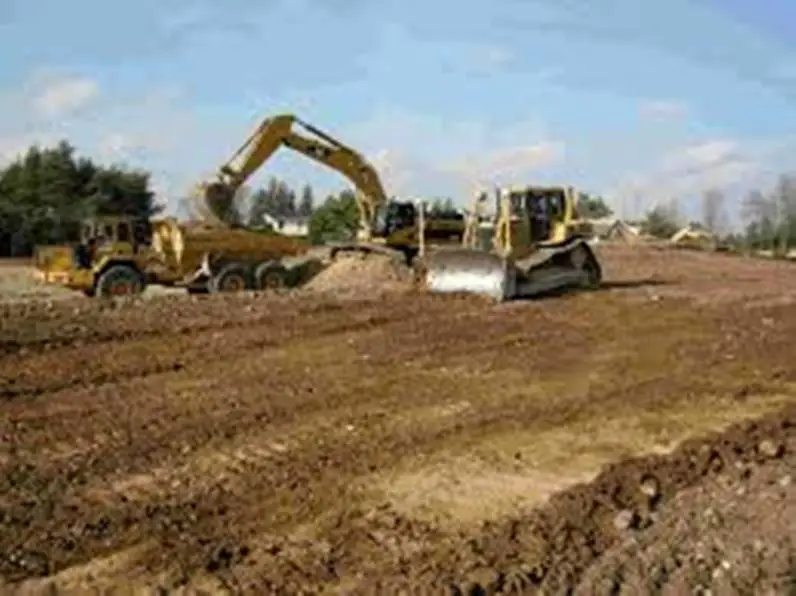As part of a drive to provide affordable properties to home seekers, Zimbabwe’s largest financial services group CBZ Holdings Limited is set to construct over 3,000 residential stands in Bulawayo and Marondera.
In his report to analysts and shareholders, Mr. Never Nyemudzo, CBZ’s Group Chief Executive Officer stated that the group was now moving into Marondera (a small town to the East of Zimbabwe) where 2,800 high density stands would be delivered.
In Bulawayo (the country’s second largest city) 670 medium density stands would be delivered. Mr. Nyemudzo drew attention to the group’s plan to deliver cluster homes in residential stands in Harare’s Highlands and Westgate suburbs’ in the second half of the financial year.
In 2016 CBZ Holdings publicised a high and medium density residential project in the resort town of Victoria Falls, which is already sold out. Other low cost housing projects were completed in Gweru’s Nehosho and Mutare’s Chikanga areas.
While real estate is regarded as a perfect hedge against economic volatility, commercial properties have been affected by downward rental reviews and an increase in voids as companies downsize operations.
The informalisation of the economy has also had a knock on effect on the property sector, which has been characterized by the property companies bias towards residential properties, a move that is justified by the prevailing national housing backlog.
The national housing backlog stands at 1,2 million units and over half a million of these are for Harare alone. There is therefore scope to tap into that market as opposed to commercial properties.
This point was reiterated by CBZ Holding’s Group Chairperson Mr. Elliot Mugamu in a statement accompanying the group’s financial results for year ended December 31, 2016 where he said,
“Activity remained skewed towards housing developments, as both financiers and developers sought to capitalise on the country’s housing delivery gap. On the other hand, high voids, rental arrears and falling rental yields were a major real estate market.”
